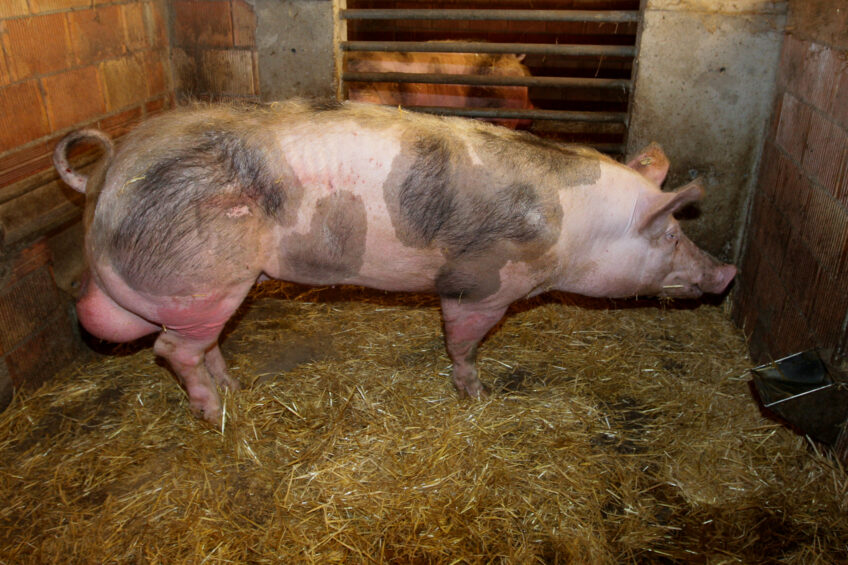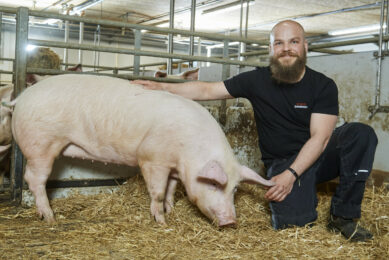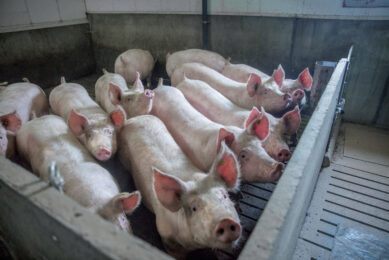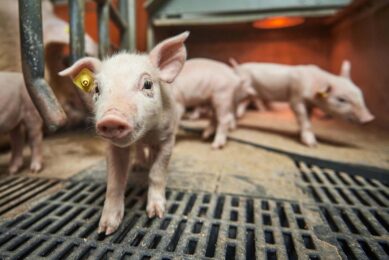Wooden materials are better bedding materials for breeding boars

A team of German researchers evaluated the welfare and environment-related effects of 5 different deep litter bedding materials on breeding boars. They published their findings in Applied Animal Behavior Science.
Procuring high-quality bedding materials for breeding boars in artificial insemination centers is challenging due to a variety of factors including drought, toxic residues, and increased costs. Deep litter housing systems support animal welfare, natural behaviour and joint health, and require less maintenance time. However the duration of the bedding period may be a disadvantage.
About the study
The researchers applied 5 deep litter bedding materials to a total of 120 single boar pens in an artificial insemination centre. The trial lasted 10 weeks and the bedding materials included wood shavings, hemp straw, linen straw, spelt husks and regional wood shavings. The team assessed pen cleanliness using a 4-point scale considering colour change of the bedding materials and water accumulation in the pens. They recorded the temperature of bedding at the depths of 5 cm and 15 cm after initial bedding replacement and the end of trial. They also measured the ambient temperature, and relative humidity in the barn at the same time. In addition, they scored boar body position using a 4-point scale (1 = lying on flank, 2 = lying on belly, 3 = sitting, and 4 = standing), and determined endoparasites eggs in faecal samples and fly abundance using sticky traps in each pen.
Impact of bedding materials on cleanliness score
Wood shaving and regional wood shaving bedding materials showed the best pen cleanliness compared to other materials. Hemp straw and spelt husks showed the lowest cleanliness score and linen straw material had an improved cleanliness score compared to hemp straw and spelt husks.
Impact of bedding materials on body position score
Bedding materials had no impact on the body position of boars. Most boars were found in a lying position on flank and belly in all materials.
Impact of bedding materials on bedding temperature
Bedding temperature increased from the depths of 5 cm to 15 cm with the highest recorded temperature as 47.8°C and the lowest recorded temperature as 16.2°C. Spelt husks were warmest at the start, while linen straw was the warmest at the end of the bedding period.
Impact of bedding materials on endoparasites and flies
Bedding materials had no impact on endoparasites eggs in fecal samples. The analysis of flies showed that at the start of summer, hemp straw and regional wood shavings had the least fly abundance compared to spelt husks.
Conclusion
The authors concluded that due to higher bedding temperatures in fresh bedding, changing materials during the summer and warmer months of the year should be avoided. Moreover, they suggested that wood shavings and regional wood shavings are better bedding materials due to lower bedding temperatures in summer and winter and improved cleanliness during winter.











